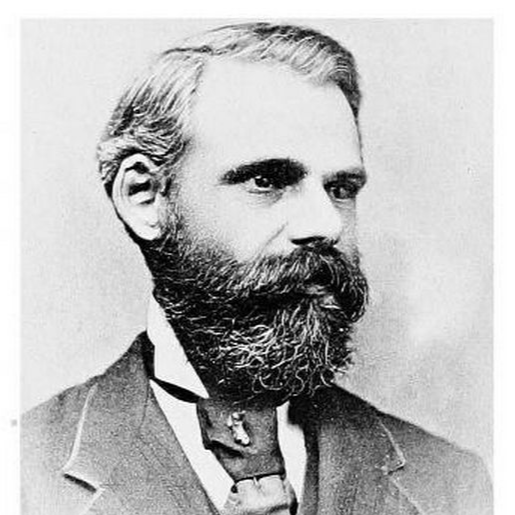120 reads
Section I.—The Period of Speculation—from Hero to Worcester, b. c. 200 to a. d. 1650.
by
April 11th, 2023
Audio Presented by

Robert Henry Thurston was an American engineer, and Professor of Mechanical Engineering
About Author
Robert Henry Thurston was an American engineer, and Professor of Mechanical Engineering
